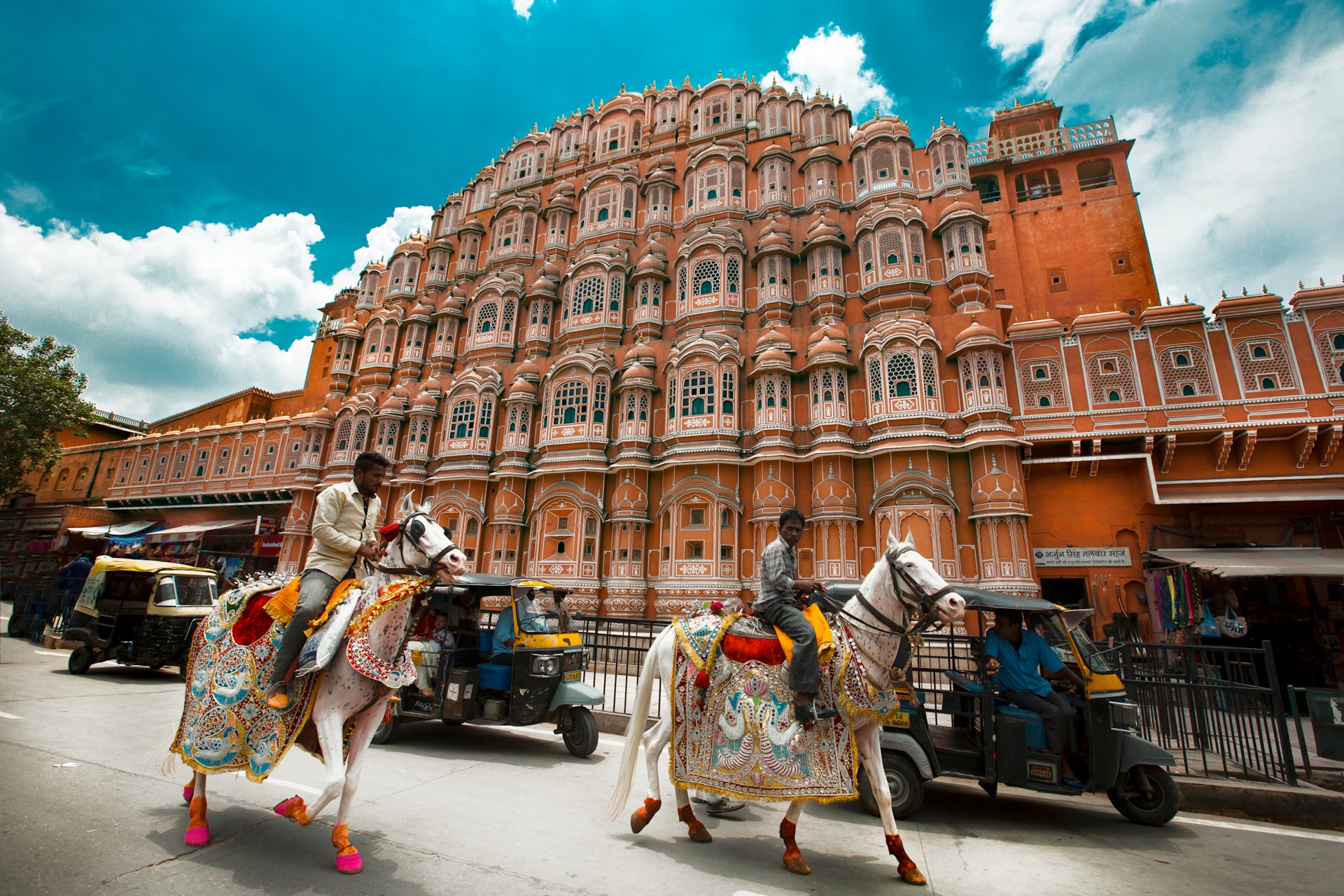Top 7 Facts: Unveiling India’s 5,000-Year Legacy: From Ancient Civilizations to Modern Marvels

“Step into the realm of history and culture as we embark on a journey through the timeless tapestry of India. With a legacy that spans over 5,000 years, India stands as one of the world’s oldest civilizations.
From the mystique of the Indus Valley Civilization to the grandeur of empires that shaped its destiny, join us as we unravel the captivating saga of India’s past. Welcome to a land where ancient tales meet modern aspirations, a country where diversity is celebrated, and history echoes in every corner.”
India is one of the oldest civilizations in the world, with a history dating back over 5,000 years.
India is a land of ancient history and culture. It is one of the oldest civilizations in the world, with a history dating back over 5,000 years. The Indus Valley Civilization, which flourished from 3300 to 1900 BCE, was one of the earliest urban civilizations in the world. India is home to a wide variety of cultures, languages, and religions. It is a country of great beauty and diversity.
The Indus Valley Civilization, which flourished from 3300 to 1900 BCE, was one of the earliest urban civilizations in the world.
The Indus Valley Civilization was one of the most advanced civilizations of its time. It had a well-developed system of irrigation, a complex urban planning, and a sophisticated writing system. The Indus Valley Civilization was located in the northwestern part of the Indian subcontinent.
It was a thriving center of trade and commerce. The Indus Valley Civilization declined in the 19th century BCE, but its legacy continues to influence Indian culture today.
The Mauryan Empire, which ruled from 322 to 185 BCE, was one of the largest empires in history.
The Mauryan Empire was one of the largest empires in history. It stretched from the Himalayas to the Arabian Sea and from the Hindu Kush to the Bay of Bengal. The Mauryan Empire was founded by Chandragupta Maurya in 322 BCE and reached its peak under Ashoka the Great in the 3rd century BCE.
Ashoka the Great was a great conqueror, but he was also a great ruler. He promoted peace and non-violence, and he encouraged religious tolerance. The Mauryan Empire declined in the 2nd century BCE, but its legacy continues to influence Indian culture today.
The Gupta Empire, which ruled from 320 to 550 CE, was a golden age of Indian culture and science.
The Gupta Empire was a golden age of Indian culture and science. It was a time of great progress in mathematics, astronomy, medicine, and art. The Gupta Empire was also a time of religious tolerance and peace. The Gupta Empire declined in the 6th century CE, but its legacy continues to influence Indian culture today.
The Mughal Empire, which ruled from 1526 to 1857, was one of the most powerful empires in India.
The Mughal Empire was one of the most powerful empires in India. It was founded by Babur in 1526 and reached its peak under Akbar the Great in the 16th century.
The Mughal Empire was a time of great cultural and architectural achievement. The Mughal Empire declined in the 18th century, but its legacy continues to influence Indian culture today.
India gained independence from the United Kingdom in 1947.
India gained independence from the United Kingdom in 1947. It was a time of great joy and celebration for the Indian people. However, independence also brought with it challenges, such as the partition of India and the subsequent violence.
India is now a thriving democracy with a growing economy. It is a major player on the world stage and is committed to peace and cooperation.
India is a secular republic with a population of over 1.3 billion people.
India is a secular republic with a population of over 1.3 billion people. It is the second most populous country in the world. India is a diverse country with a rich culture and history.
India is a member of the United Nations, the Commonwealth of Nations, and the G20.
India is a member of the United Nations, the Commonwealth of Nations, and the G20. It is a major player on the world stage and is committed to peace and cooperation.
India is a land of contrasts.
India is a land of contrasts. It is a country of ancient history and modern technology. It is a country of poverty and wealth. It is a country of peace and conflict. But through it all, India is a country of hope and promise.
“As we conclude this glimpse into India’s remarkable journey, we invite you to delve deeper into its rich history and vibrant culture. Subscribe to Factober for more riveting insights that bring the past to life.
If you’ve enjoyed this exploration, show your appreciation with a like and share it with fellow history enthusiasts. For an even more immersive experience, visit our website, factober.com, where history comes alive through engaging narratives. Join us in celebrating India’s legacy, a symphony of contrasts that continues to inspire and amaze.”





